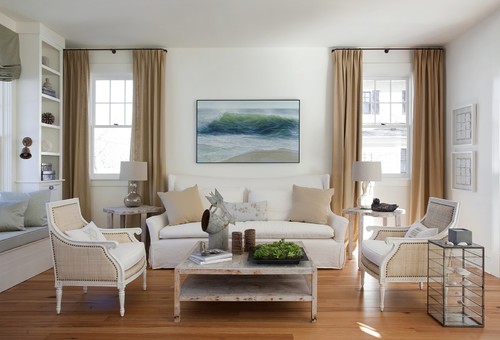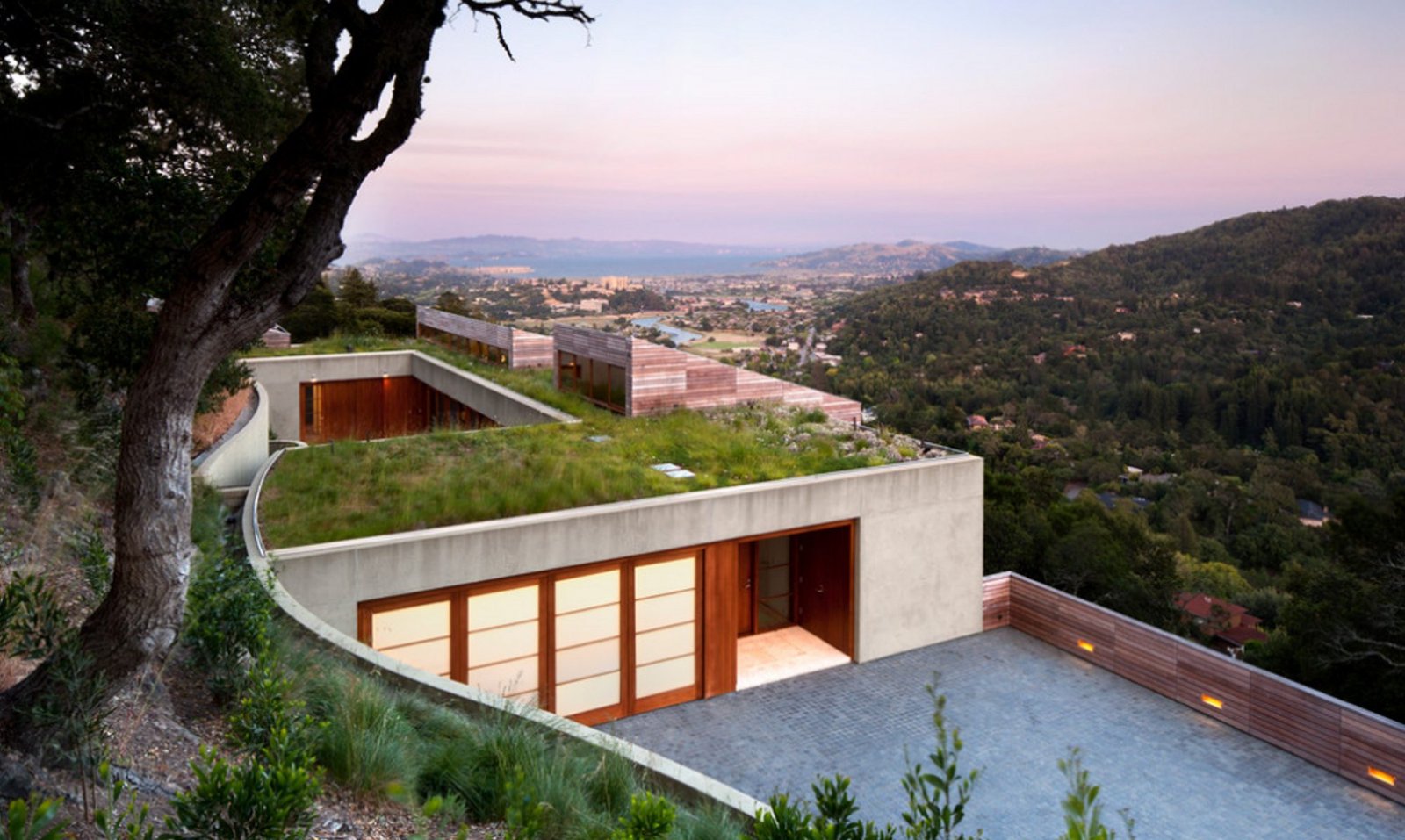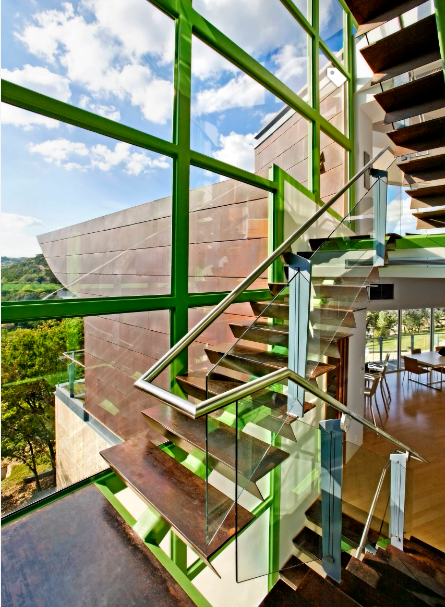The renovation and reconditioning project of a house is generally thought of in terms of aesthetics and functionality, and rarely in terms of safety and health of the residents. Unfortunately aesthetics always prevails in any home, although the physical health of residents is more important than aesthetics.
Although planning and renovating the house, eco-friendly style, may seem like a true challenge at a first glance, there are a series of simple but effective ways through which you can achieve that without having severe headaches.
Actually it’s all about your choice. You need to opt for recycled materials and more natural resources that do not contain harmful elements such as chemicals that can give off toxic fumes in the air.
Let’s see some useful tips for planning that can make your home to be a safe house for you and your family.
1. Plan the Entire Design in Ecological Terms
It’s a wise idea to plan your home design in a uniform manner from the beginning and in ecological terms. Therefore, make sure the wallpaper is made of natural and biodegradable materials, the paint is non-toxic and the hardwood floor is “friendly” with the environment.
These simple solutions will ensure you a healthy life, free from harmful environmental factors that take a toll in causing many diseases of the century.

Photo by ZeroEnergy Design – Browse living room photos
2. Use Bamboo
Bamboo is an abundant and renewable material, excellent for interior decorations that can be used for many purposes, from furniture and kitchen utensils to the parquet and hardwood floor.
Besides being an environmentally friendly and light material, bamboo also brings a warm and welcoming air to the rooms. Moreover, you can also include decorative items made of bamboo to accentuate the natural and “fresh” air inspired by this amazing material that is bamboo.
3. Avoid Using Plywood
Plywood and other similar materials made of sawdust and other debris left behind by industrial processed wood is treated with formaldehyde a toxic product used to bond its components. This chemical has been shown to be extremely harmful for human beings, to the point that it may even increase the risk of various cancers installation.
Laminate flooring and the furniture made of plywood poison the air and they in fact, does not excel in quality or in resistance.
4. Avoid Using PVC
A house containing as little as PVC and other plastics, it is definitely a safe house and a healthy home. You should know that linoleum, PVC joinery, and other items for the home design and equipment have substances in their composition, with a high degree of toxicity.
Solid wood can suppose a more difficult maintenance, but it is indeed more healthy and durable over time with proper care.
5. Use Lead-Free Ceramics
Ceramic objects are widely used in house decoration. However, you should be very careful what kind of decorative bowls, vases and ceramic pots you choose and use, because many varieties on the market are composed of lead, a heavy metal that is extremely toxic to the body.
Another metal that you definitely do not want it around you in the house is cadmium, which doctors say may cause kidney disease, brittle bones and heart disease.
In conclusion, you should choose environmentally friendly options. It is easy, it is simple and you can find a wide range of products and materials. These environmentally materials and products will not decrease the functional or aesthetic appearance of your home. Instead you’ll have peace of mind knowing that you will benefit from a safe and healthy home.
Innovative Materials for a Healthy Home | How To Build A House (howtobuildahouseblog.com)


